Understand
Oravita, a small town with a rich history, first appeared in the records in 1690 during the census of Marsigli. It quickly gained fame in the 1700s for its gold and copper mines, forge shop, and copper smelters. These industries required vast amounts of wood and charcoal. In 1816, Oravita made another mark in history by building the first theater in the country, the Mihai Eminescu Theater. The town continued to progress, and in 1875, it proudly became home to the first railway line in Romania, the Anina-Oravita railway. Throughout the years, Oravita flourished, reaching new milestones such as the elevation of its civil school to an 8th-grade institution in 1913. To further add to its charm, the Prefecture Palace was constructed between 1931 and 1932 by the talented architect Henriette Delavrancea, the first Romanian lady architect and member of the organization of architects in Paris. Today, this magnificent building stands as Oravita Hall, a testament to the town's enduring spirit.
Map & Climate
Popular Foods
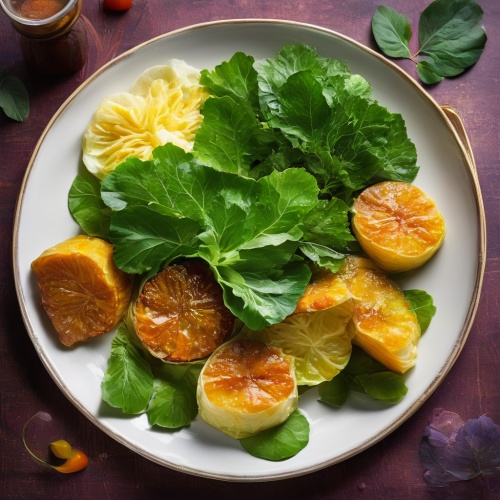 Sarmale - Sarmale represents traditional Romanian cuisine at its finest. These cabbage rolls are filled with a mixture of minced pork, beef, rice, and onions, seasoned with various spices. The whole concoction is then slowly cooked in a rich tomato-based sauce. This hearty dish is often served during festive occasions or as comfort food on chilly days.
Sarmale - Sarmale represents traditional Romanian cuisine at its finest. These cabbage rolls are filled with a mixture of minced pork, beef, rice, and onions, seasoned with various spices. The whole concoction is then slowly cooked in a rich tomato-based sauce. This hearty dish is often served during festive occasions or as comfort food on chilly days.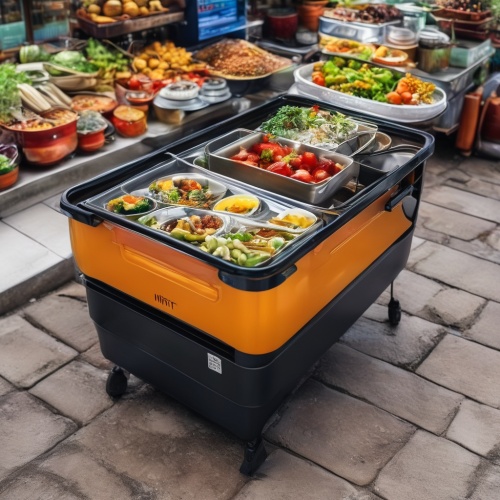 Mititei - Mititei are small, sausage-like rolls made from ground pork mixed with garlic, onion, and various spices. They're traditionally grilled, giving them a smoky flavor that pairs excellently with mustard and pickles. This beloved street food is a staple at picnics, sports events, and other gatherings throughout Romania.
Mititei - Mititei are small, sausage-like rolls made from ground pork mixed with garlic, onion, and various spices. They're traditionally grilled, giving them a smoky flavor that pairs excellently with mustard and pickles. This beloved street food is a staple at picnics, sports events, and other gatherings throughout Romania.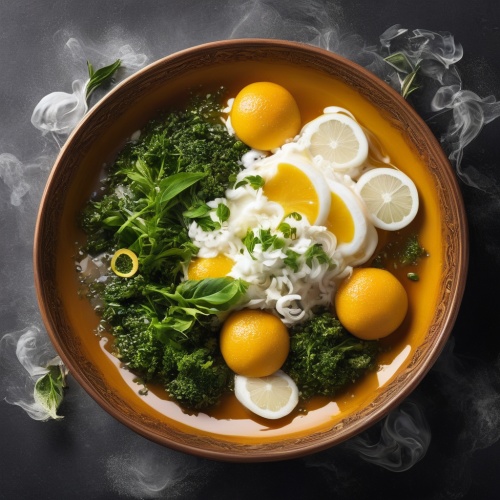 Ciorbă de burta - Also known as tripe soup, ciorbă de burta is a traditional Romanian dish made from the slow-cooked stomach lining of a cow or sheep. It's prepared with onions, potatoes, spices, and sometimes smoked pork. Often enjoyed by those seeking warmth on cold winter days, this hearty soup can be found simmering on backcountry stoves or in rural homes across Romania.
Ciorbă de burta - Also known as tripe soup, ciorbă de burta is a traditional Romanian dish made from the slow-cooked stomach lining of a cow or sheep. It's prepared with onions, potatoes, spices, and sometimes smoked pork. Often enjoyed by those seeking warmth on cold winter days, this hearty soup can be found simmering on backcountry stoves or in rural homes across Romania.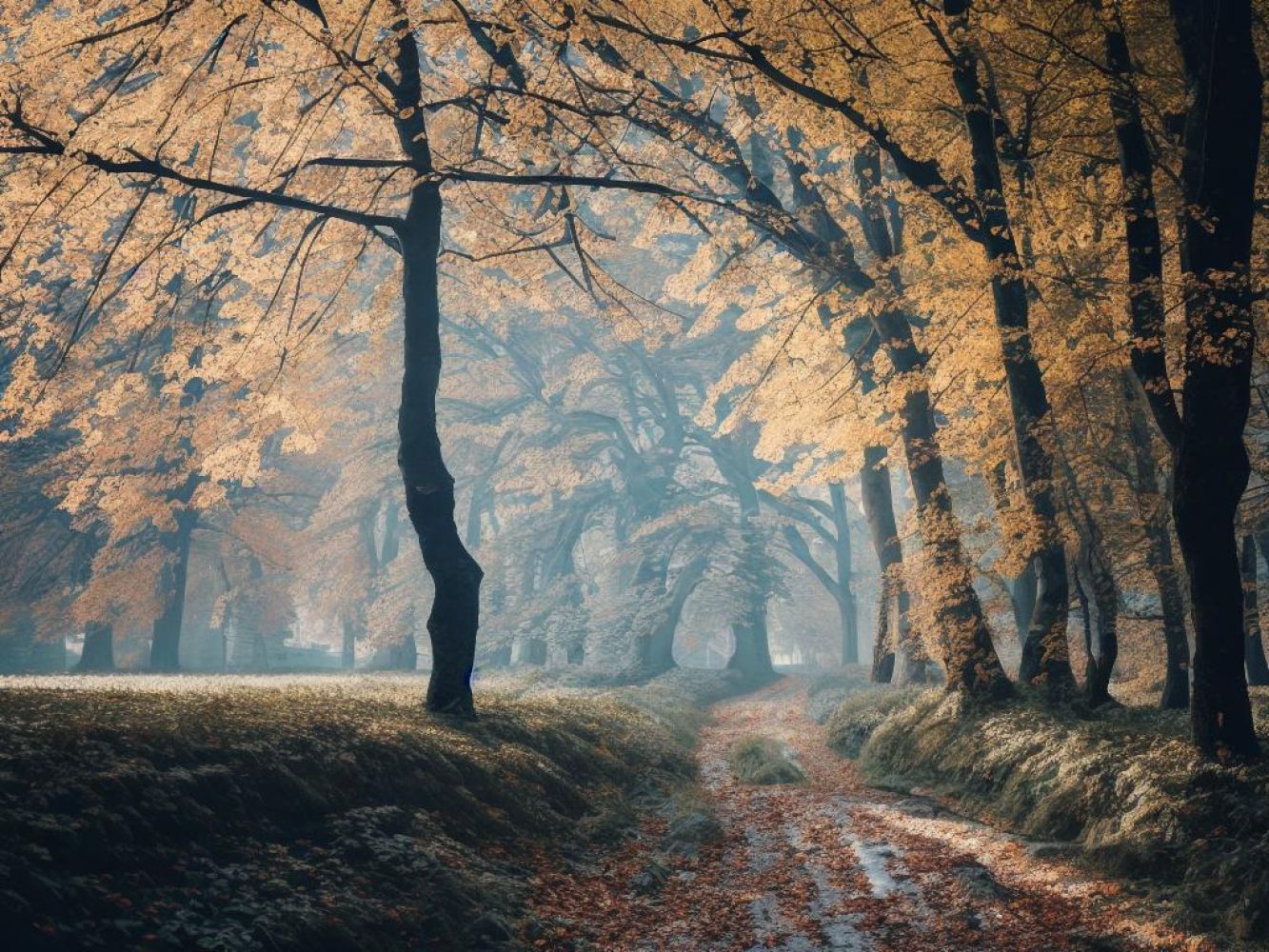
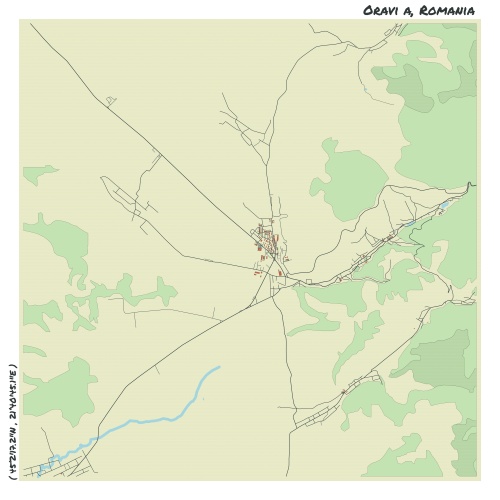
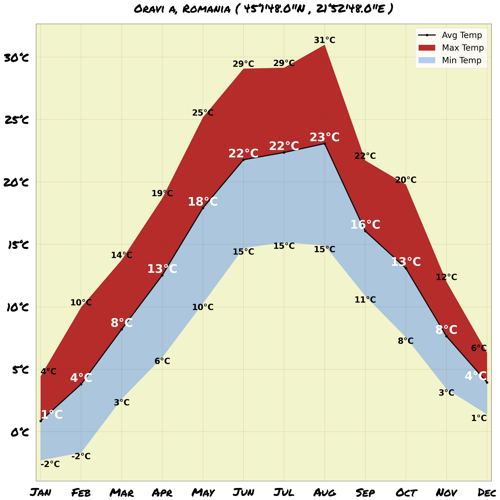
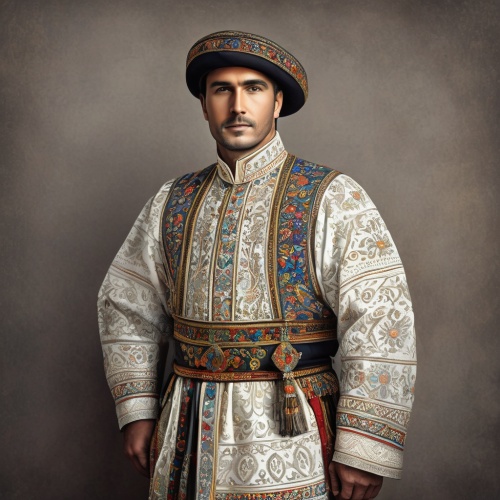
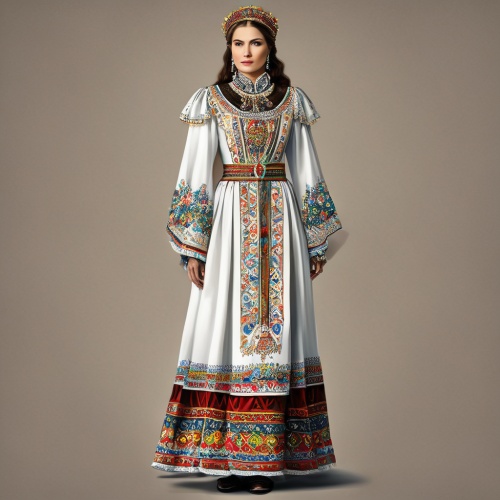
Comments
NO COMMENTS